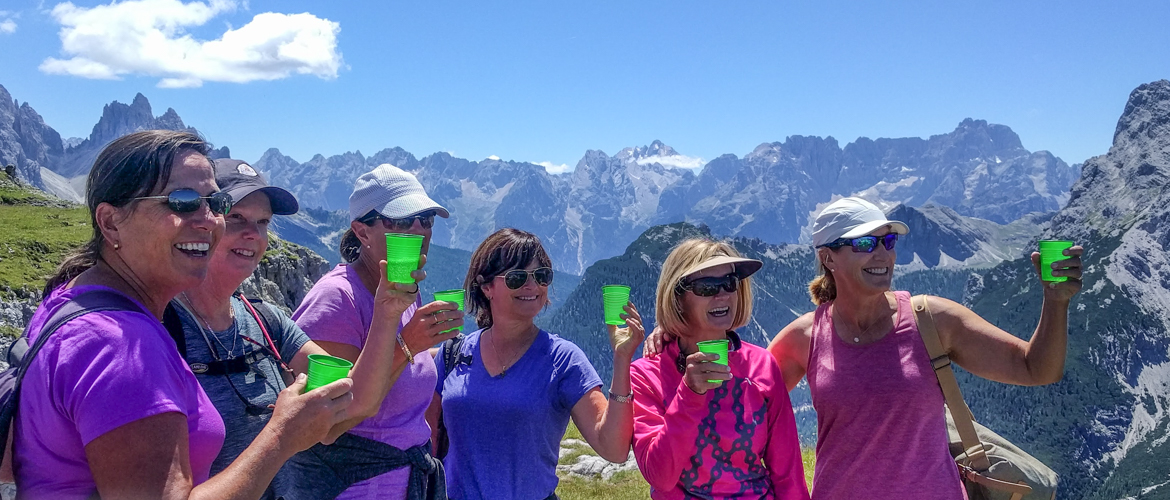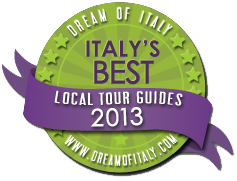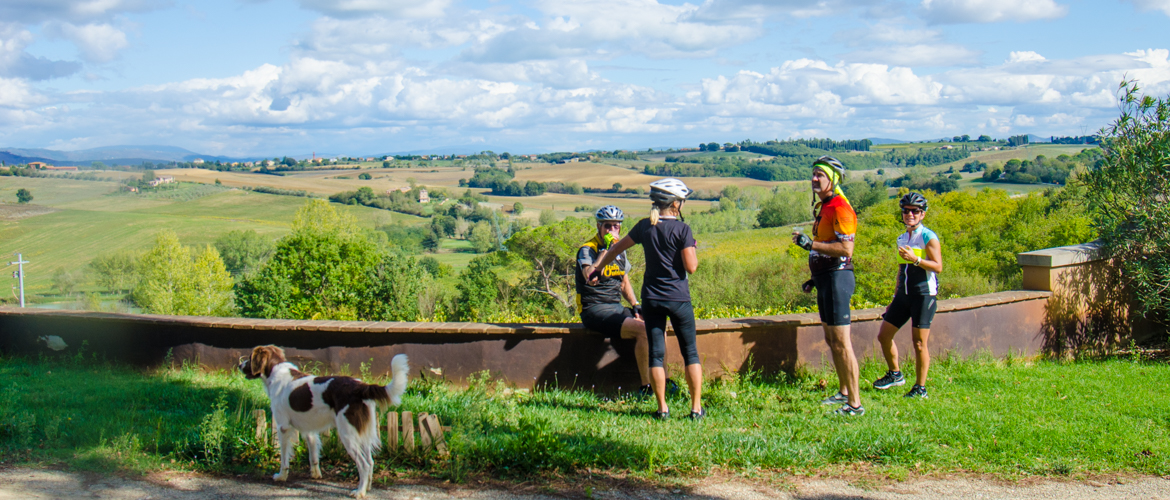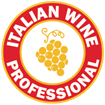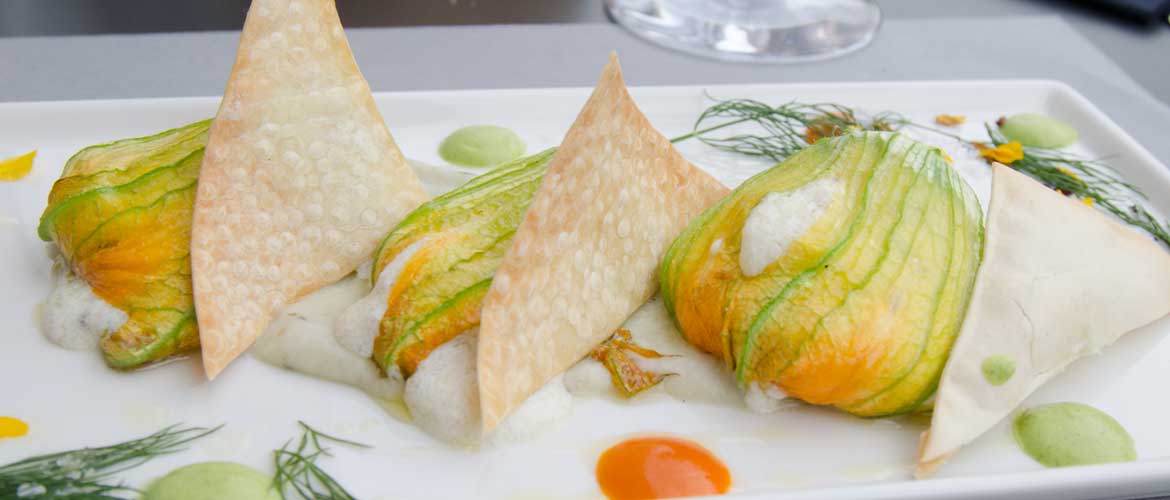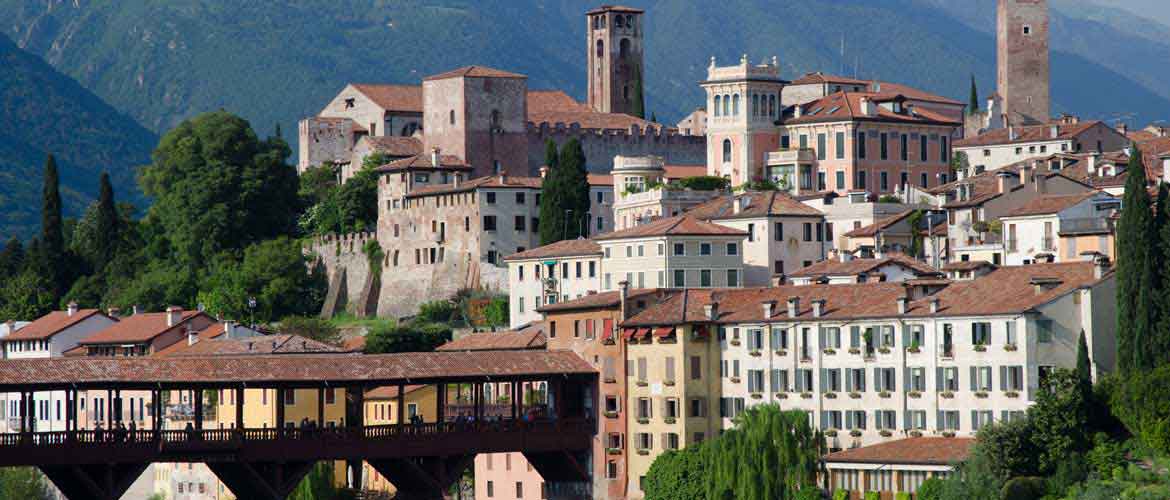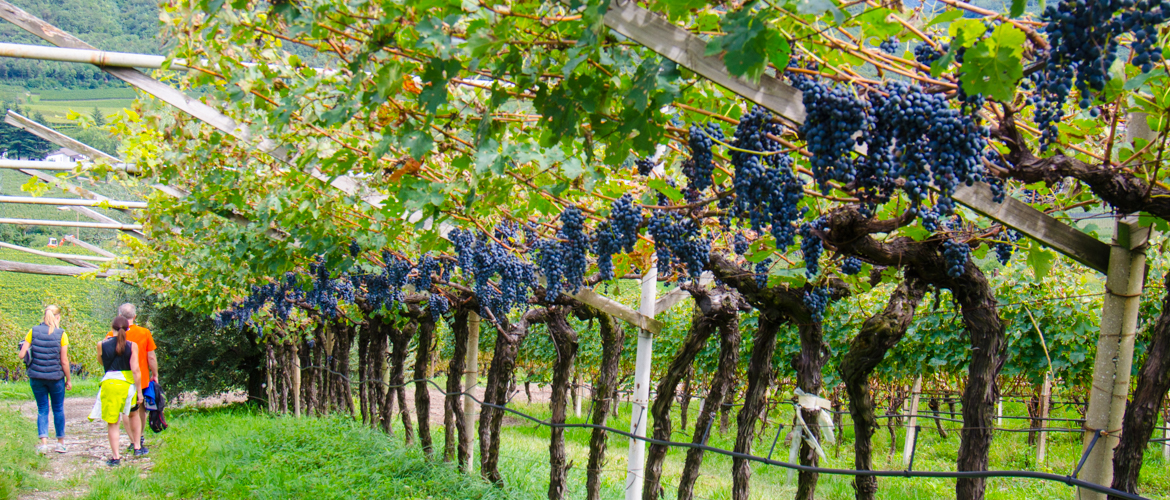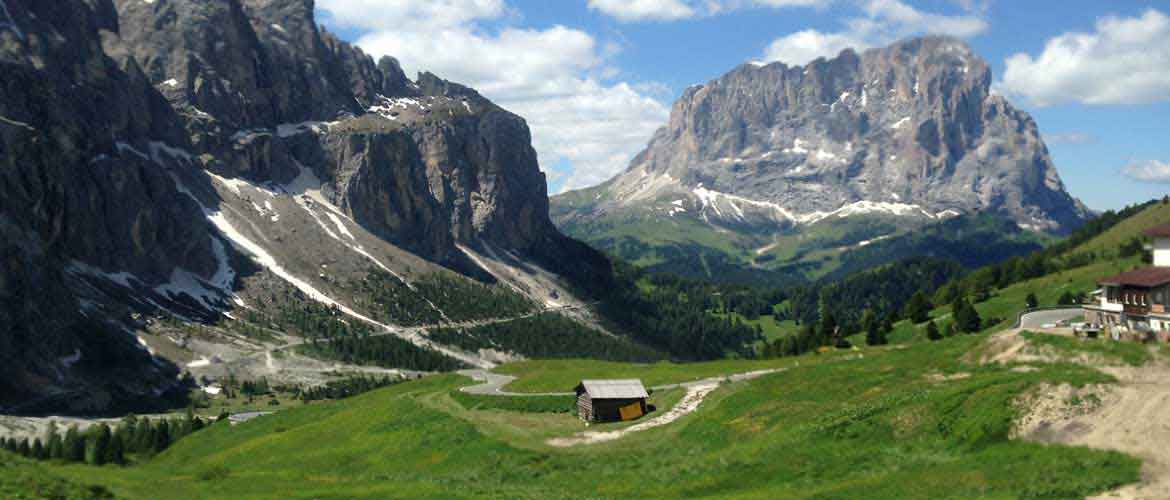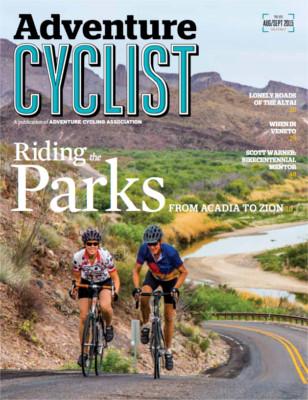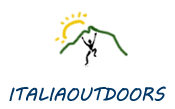Chianti is probably the most famous wine growing area in Italy. The region itself lies in the Tuscan hills, in west-central Italy. The first mention of a Chianti wine region dates back to 1716, when Cosimo de Medici defined this wine zone, referring to the area near the Gaiole, Radda, and Castellina. Today, the region is divided into seven subzones, with the Classico subzone considered the highest in quality. This is the original zone, a hilly area between the cities of Siena and Florence. You will see many of the villages in this zone have appended their names with the ‘in Chianti’ designation, such as Greve in Chianti, Radda in Chianti, and Gaiole in Chianti.
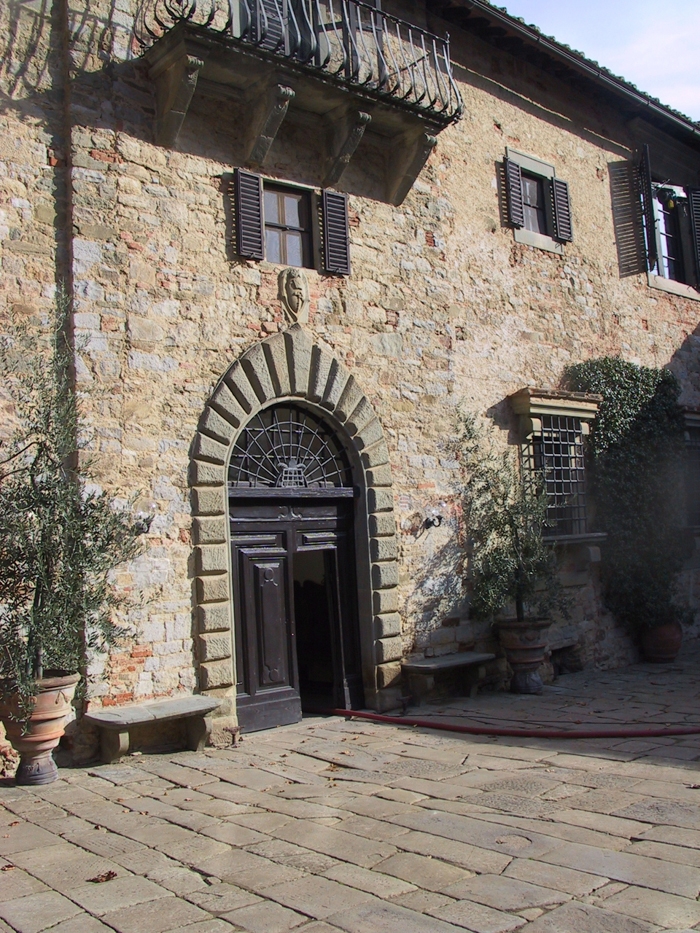
In the 1850s, a local landowner, Baron Ricasoli, declared his ‘recipe’ for Chianti, based on the native Sangiovese grape blended with 15% Canaiolo and 15% Malvasia Bianco. The Italian government voted this into law in 1966. As with many Italian wines, as international demand increased in the 1960s, Chianti producers increased production by utilizing lower quality grapes, resulting in a flooding of the market with inferior wines. These Chianti were packaged in the now well recognized squat bottle with a straw covering, appropriately called a fiasco.
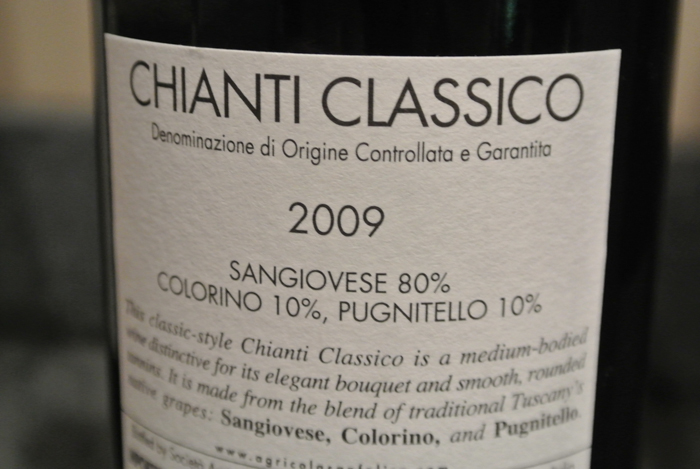
In the 1970s, new investors entered the area, with a renewed focus on quality production. In addition to investing in modern production facilities and new cultivation techniques, many of these new producers began experimenting with the traditional Chianti recipe, replacing the lower quality white grapes with international varietals such as Cabernet Sauvignon and Merlot. This new style of wine became quite controversial, as many viewed these as not ‘true’ Chianti wines. Today, the official definition of Chianti consists of at minimum 80% Sangiovese, with permitted blending grapes of native varietals such as Canaiolo and Colorino, as well as other international varieties such as Cabernet Sauvignon and Merlot. Wines that are produced in this area, but do not adhere to this strict definition, are now referred to as Super Tuscans. These can be absolutely amazing wines, they are just not Chianti.
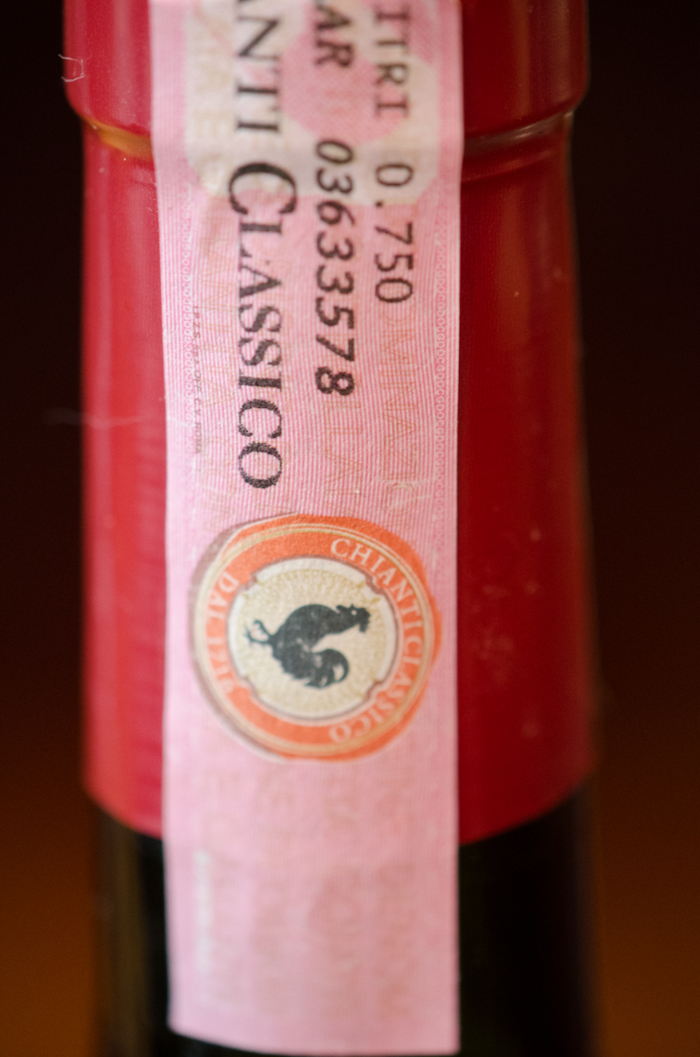
A Chianti bottle will often have a picture of a black rooster (gallo nero) on the neck of the bottle, indicating that the producer is a member of the Gallo Nero Consortium. This is an association of producers of the Classico sub-area that work together to jointly promote the Chianti brand. The ‘gallo nero’, a traditional figure denoting peace between long time rivals Florence and Siena, has been the emblem of the Chianti Classico producers association since 2005. The Riserva designation indicates a Chianti that has been aged for a minimum of 38 months (instead of 4-7.) Chianti that meets even more stringent requirements on yield, alcohol content and dry extract, may be labelled as Chianti Superiore, although Chianti from the "Classico" sub-area is not allowed to be labelled as Superiore.
Chianti wines are characterized by their acidity, dryness, and distinctive flavors of cherry and herbs. They are ruby red, moderate in alcohol, and somewhat tannic. Younger, lighter Chianti pairs well with pastas, pizza and panini. A more robust Riserva would be a great match to roasted or grilled meats, such as a great grilled Chianina steak, Tuscany’s famed breed of white cattle.
There are four separate wine zones in Tuscany that use the "Chianti" name:
Chianti Classico DOCG
Established as a subzone of the Chianti DOC in 1967, which became a DOCG in 1984, Chianti Classico became a separate DOCG in 1996. The first mention of a Chianti wine region dates back to 1716, when Cosimo de Medici defined this wine zone. This original zone is the Chianti Classico DOCG, a hilly area between the cities of Siena and Florence. Many of the villages in this original zone have appended their names with the ‘in Chianti’ designation, such as Greve in Chianti, Radda in Chianti, and Gaiole in Chianti. Wines produced in this region are all reds, based on the Sangiovese grape.
Red Wines
Rosso: A dry red blend or varietal, minimum 80% Sangiovese (locally Sangioveto) plus other allowed red grapes. Aging requirements: for Rosso, minimum approx. 1 year, for Riserva, minimum 24 months, including 3 months in bottle, for Gran Selezione, minimum 30 months, including 3 months in bottle. Grapes for Gran Selezione can be harvested only from the winery’s own vineyards.
Chianti DOCG
Established as a DOC in 1967; became a DOCG in 1984. The Chianti DOCG surrounds the original Classico zone with fingers stretching in all directions. This region is divided into seven subzones, Colli Aretini, Colli Fiorentini, Colline Pisane, Colli Senesi, Montalbano, Montespertoli and Rufina. You will often, but not always, see the subzone identified on the label. Wines produced in this region are all reds, based on the Sangiovese grape
Red Wines
Rosso: A dry red blend or varietal, minimum 70% Sangiovese; maximum 30% plus other allowed red grapes (maximum 15% Cabernet Franc and/or Cabernet Sauvignon); maximum 10% other allowed white grape. Rosso from subzone Colli Senesi must be a minimum 75% Sangiovese; maximum 25% other allowed red grapes (maximum 10% Cabernet Franc and/or Cabernet Sauvignon); maximum 10% other allowed white grapes. Aging requirements: for most Rosso, minimum 4 months; for Rosso from Montespertoli, minimum 7 months; for Rosso from Colli Fiorentini and Rufina and for Superiore, minimum 10 months; for Riserva, minimum 2 years; for Riserva from Colli Fiorentini and Rufina, minimum 2 years, including 6 months in barrel; for Riserva from Colli Senesi, minimum 2 years, including 8 months in barrel and 4 months in bottle.
Vin Santo del Chianti Classico DOC
Established as a DOC in 1995, this zone corresponds to the Chianti Classico DOCG. The wines produced here are sweet passito style dessert wines, from Malvasia, Trebbiano and Sangiovese grapes.


